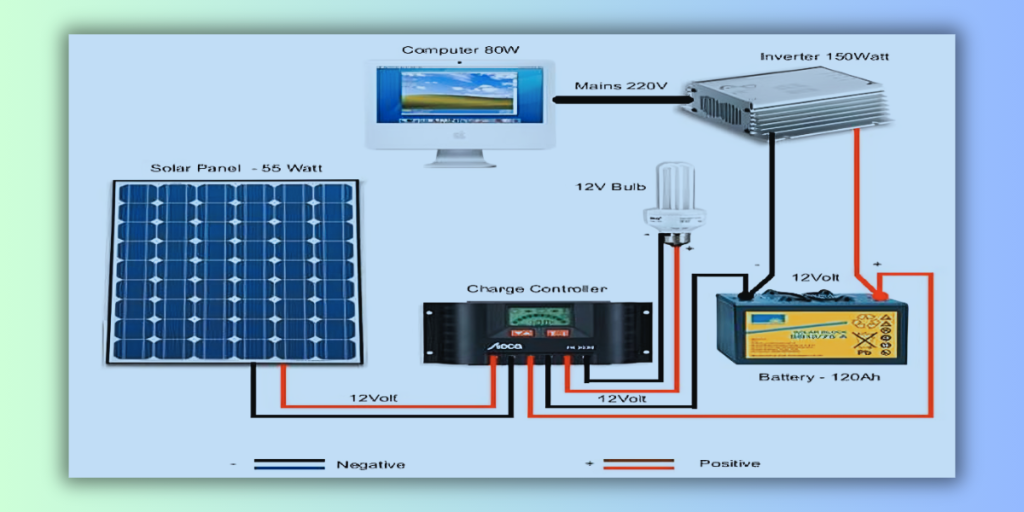A solar off-grid system comprises several key components, each serving a specific function and working together to provide a reliable independent power supply.
Here are the main components of a solar off-grid system:
1. Solar Panels (Photovoltaic Panels):
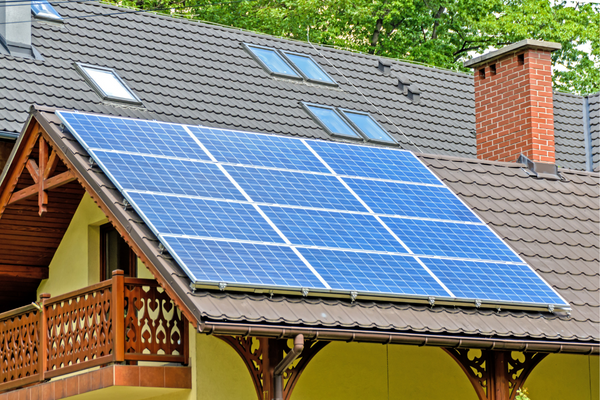
Solar panels are a solar off-grid system’s core components, which convert sunlight into electrical energy. They are typically made of silicon wafers or other semiconductor materials. When sunlight strikes the surface of the solar panels, photons excite electrons, generating an electric current. Solar panels are usually installed on rooftops or other areas with ample sunlight exposure.
2. Charge Controller:
The charge controller manages the process of charging the battery bank from the solar panels to prevent overcharging and over-discharging. It typically includes a battery temperature sensor and a charge status indicator to monitor the battery’s condition and adjust charging parameters as needed.
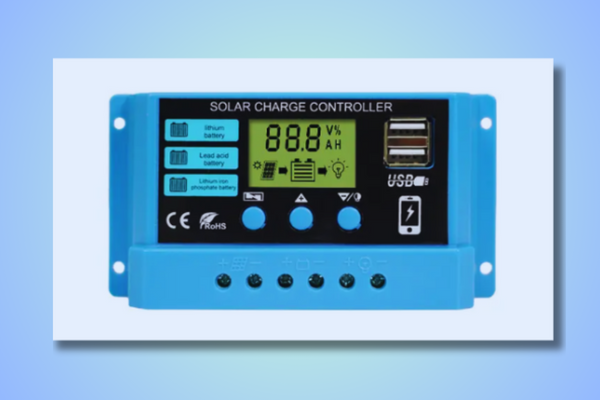
3. Battery Bank:
The battery bank is a critical component of a solar off-grid system, storing the solar energy collected during the day for use during the night or under low light conditions. Common types of battery banks include lead-acid batteries, lithium-ion batteries, and iron phosphate batteries. Their capacity and cycle life directly impact the performance and reliability of the system.
4. Inverter:
The inverter converts the direct current (DC) electricity from the solar panels and battery bank into alternating current (AC) electricity for use by household appliances. It typically includes a voltage converter, current controller, and output circuits to provide stable AC power output.
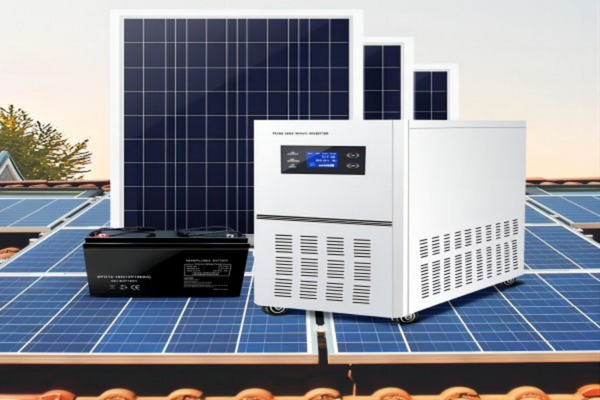
5. Distribution System:
The distribution system includes wiring, switches, fuses, and circuit breakers to distribute the electricity from the inverter to various circuits in the home or equipment. They ensure safe and reliable power distribution and control and manage different circuits.
6. Monitoring and Control System:
The monitoring and control system typically consists of data acquisition devices, sensors, and controllers to monitor the solar system’s operation status, energy production, and storage status. This data helps users understand system performance and optimize management.
These components work together to provide a reliable, independent power supply suitable for remote areas, outdoor activities, RVs, boats, and other applications, offering users a clean, renewable energy solution.
